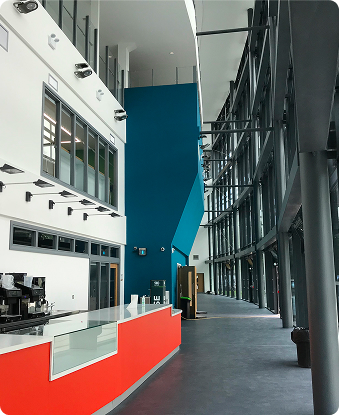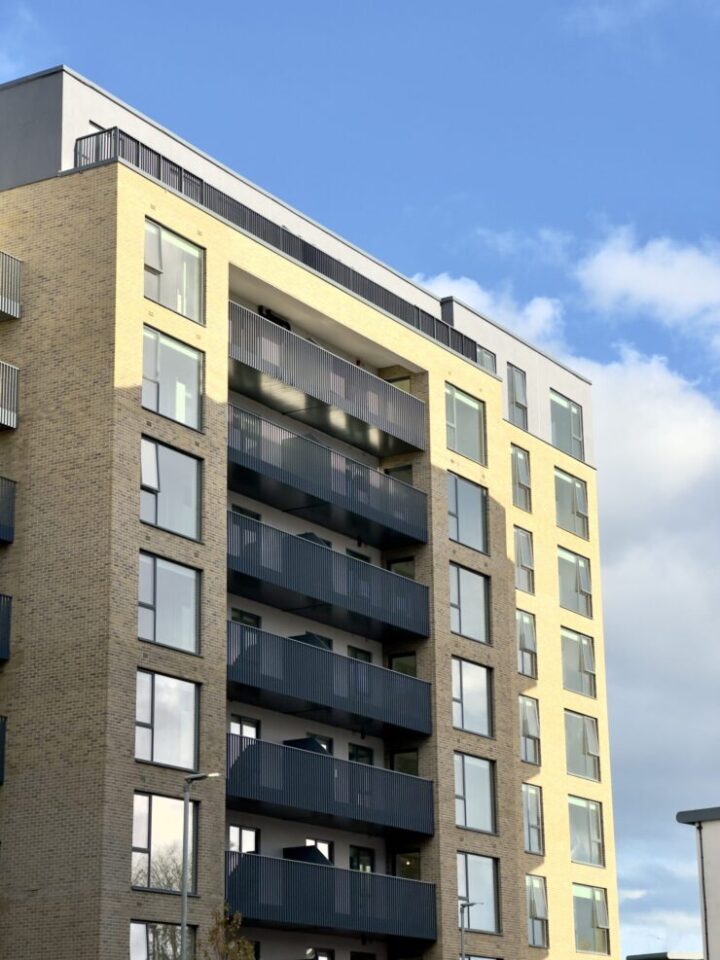

Architecture Projects
Meath
Kilbride
Kilbride, Co. Meath features a sustainable village-edge housing design by Mosart, combining tradition, modernity and low energy performance.
Enniscorthy
Old Forge Road
Old Forge Road is a major master planning project on the northern edge of Enniscorthy, transforming a greenfield site into a connected, mixed-use neighbourhood of nearly 200 homes.
Ireland
The Standard
Guided by Passivhaus principles, the building sets a benchmark for energy efficiency and occupant comfort.
Enniscorthy
Greenhill
Greenhill includes nearly 450 homes, a nursing home, childcare facilities, a landscaped spine road, restored shale walls, mature hedgerows and well-distributed public spaces.
Enniscorthy
Senan House
Wexford County Council initiated the Enniscorthy Technological Park on their own lands southeast of Enniscorthy Town, with Senan House as the park’s entrance point.
FAQs
Some of the most common things people ask us.
Passivhaus (or Passive House) architecture is a rigorous approach to building design that prioritises energy efficiency, comfort, and long-term sustainability. Passivhaus architects use advanced techniques and materials to minimise energy use while maximising indoor comfort, often achieving zero emission building design. Our team of expert Passivhaus architects in Ireland and the UK specialise in creating homes and buildings that meet the highest standards in energy performance. Blending sustainable building design with aesthetic and functional excellence, we champion green architecture in Ireland through thoughtful, future-focused solutions.
A zero-emission building is designed to produce no carbon emissions during its operation, typically by using ultra-efficient insulation, airtight construction, and renewable energy sources. This approach is central to Passivhaus architecture, which aims to drastically reduce a building’s energy demand. At mosart, our Passivhaus architects in Ireland and the UK are experienced in delivering buildings that meet both Passivhause (also known as Passive House) and zero emission standards. Through careful Passivhaus design, we help create spaces that are not only comfortable and cost-effective to run but also aligned with ambitious climate goals.
With over three decades at the forefront of sustainable building design, mosart stands as Ireland and the UK’s leading authority in Passive House and zero emission building design. Since 1993, we’ve been delivering high-performance, energy-efficient buildings.
Our difference lies not only in what we build, but in how we educate. As recognised leaders in Passivhaus training, we offer both online and in-person Certified Passive House Designer (CPHD) courses, equipping architects, builders, and consultants with the knowledge to design and deliver truly sustainable buildings.
Not at all. The standard can be applied to any form or style with intelligent design and detailing.
Yes. Many public authorities are adopting Passivhaus to cut long-term operating costs and emissions.
From concept design. Early integration avoids unnecessary changes and ensures optimal outcomes.

